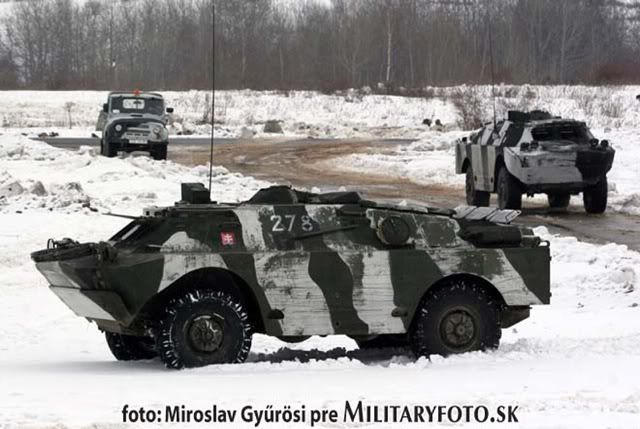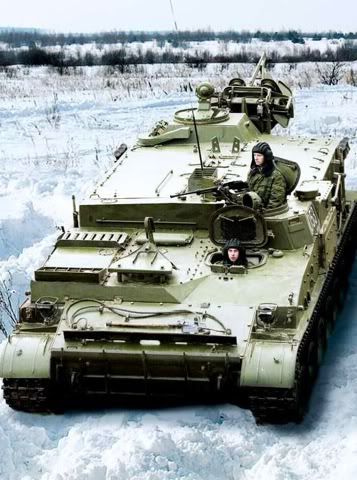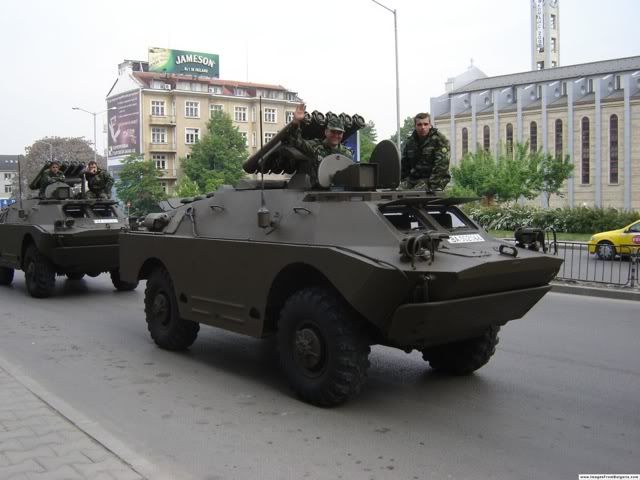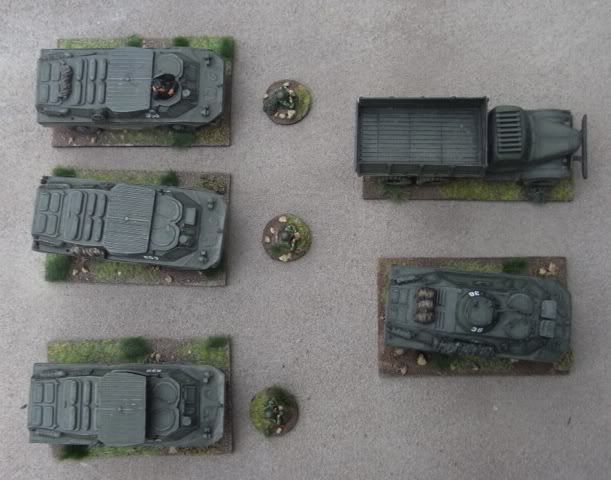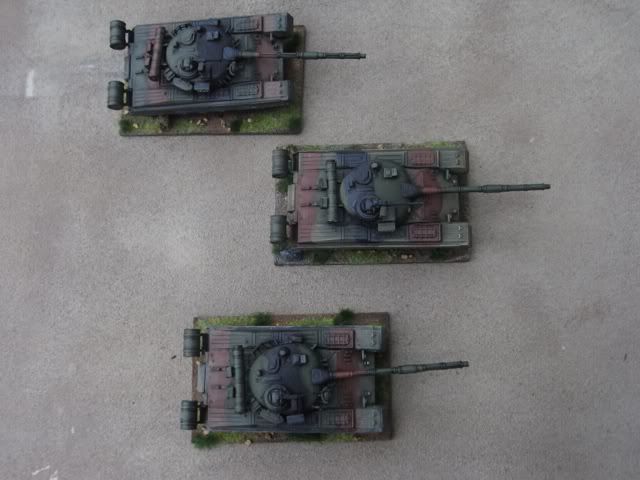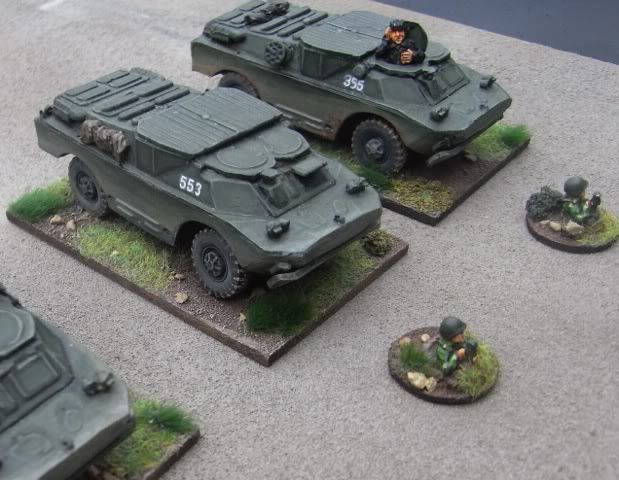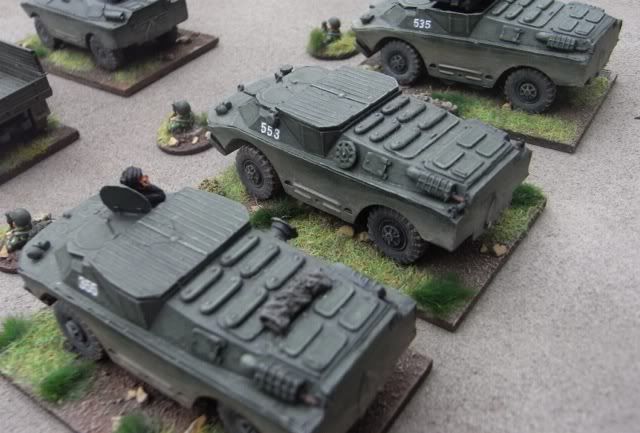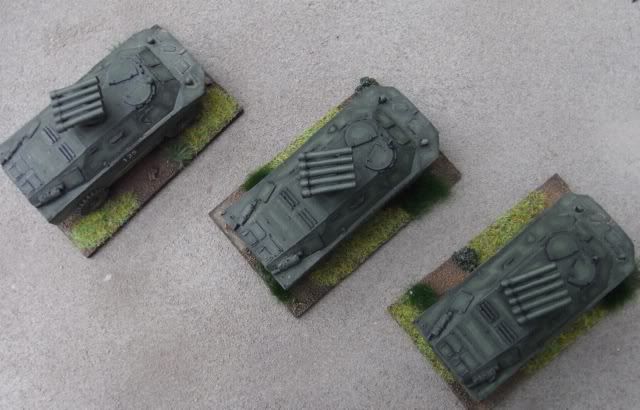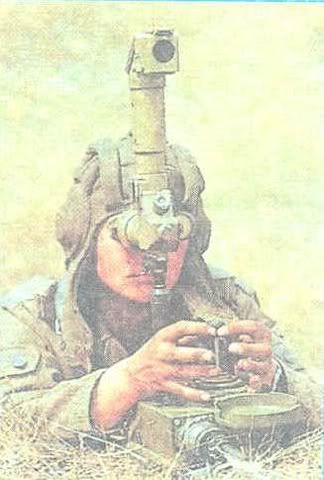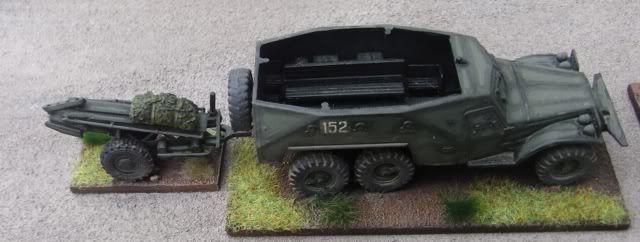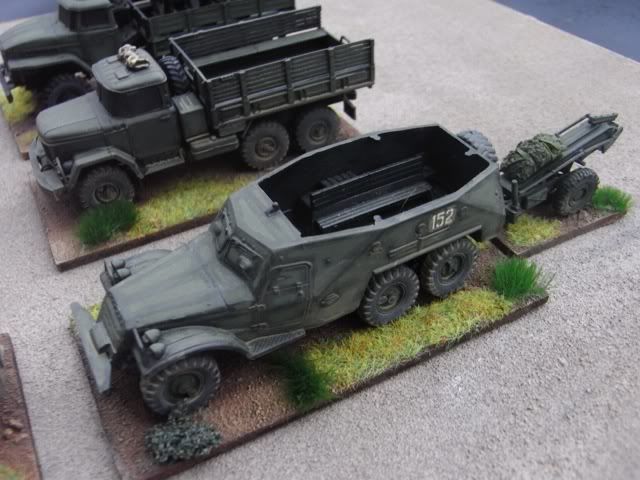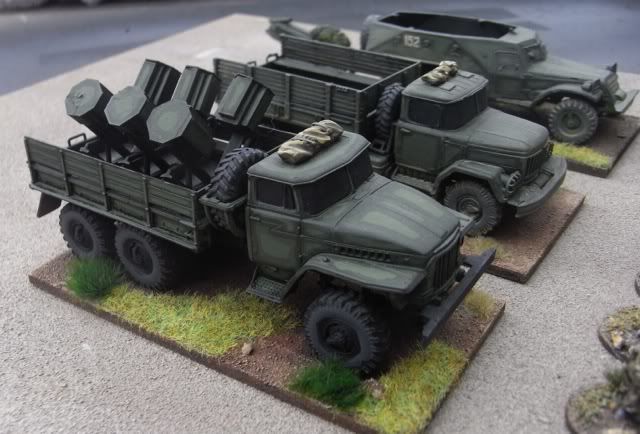The
T72B first appeared In 1985 it provided a significant armour upgrade over the T72A, giving higher levels of protection to that fielded on the T80B. Numerous supplementary upgrades were also included such as the new pattern road wheels, gun stabilisation and a bigger engine. Shortly after its introduction into service the smoke grenade dischargers units mounted on the turret front were moved to the turret side although a version fielding ERA was not seen until 87/88 following fielding on the T72A. Around 1987/88 the vehicle was upgraded to fire the
AT11 Snipper missile those not so equipped were designated T72B1. There are fairly extensive web resources available on the T72B a number of which are listed at the end of this post.
As discussed in earlier posts on the
Soviet MRR the deployment of T72s in the Wesrern TVD was mostly confined to the CGSF in Chezecslovakia and the Soviet Military Districts of the TVD where they were used in the group of Tank Armies for the third echelon. I will be using mine in a 1988 - 1990 Motor Rifle Regiment, which I am hopping will give NATO a fairly hard time as the Soviet armour technologies probably had the edge over NATO ATGWs at this point in time. The US forces started to deploy TOW 2A/B in 1987/88 but improved versions of other missile systems, HOT and Milan did not appear untill the 1990's.
To deploy T72Bs in your army of choice you are either kit bashing (Revell/Ace), scratch building, using aftermarket resin (Model Trans), buying resin (S&S) or going down the ACE route. This is the story of the ACE route, which is one of the cheaper but not necessarily the quickest option. The 1/72 scale kit could probably be used to represent a wide range of variants from a late model T72A onwards so is very flexible. It is only fair to warn you that I like ACE models and feel that they are worth the additional effort that is requiered. In general with ACE kits you have to be prepared for a bit of extra effort filling, fileing and checking fit. In this particular case part fit is generally good and filling minimal.
My overall impressions is that this was a lot less painful than some of their other kits that I have made which is just as well with 11 more to go. The major area of frustration on this model were the tracks and smoke grenade dischargers.
Putting together the hull and the running gear are very straight forward for an ACE wagon, with only minor issues around hull top and base fit as long as you get the tracks aligned with the hull correctly. I used part of the BMP track fit procedures to ease the pain of fitting fitting the tracks, essentially removing the teeth from the drive sprocket over the arc covered by track, which worked. Road wheels drive sprocket and top roller alignment is critical to getting the track guards on later.
The link and length track is much better formed than usual with little flash, but they do require a fair bit of work around the gaps between the teeth in order to get a reasonable fit so a deal more effort than the Revell kit. There are no specific instructions for putting the track together so some thought is requiered. I started from the back with three teath upper most but there are very good pictures of the track in reference 5.
The hull top requires a fair bit of knife work with the front fenders on the hull top haveing to be removed and replaced which adds an element of fun with a file to get the part fit right and in addition the V shaped splash plate needs removing to allow the ERA to be fitted. This represents a fairly major threat to ones fingers.
A number of people have done kit bashes around the Revel T-72 hull and the ACE turret and ERA components whilst this will produce a cleaner result and speeds up the process it is a fairly whacking expense. The difficult bits are largely hidden and are therefore quite tolerant of some radical make it work approaches, so for me the decision hangs on how many you want.
The Turret assembles easily with some filler required around the add on armour but with little real pain.
The construction of the smoke grenade discharger unit is the critical bit on the turret with regard to having a model that looks good as miss alignment of the barrels stands out and is easily acheieved. I drill into the mounting plate a little and allow each row to set before starting the next. In addition the fit of the stowage boxes needs a bit of thought.
As ever with ACE the end result is good and provides an excellent representation of the vehicle. The extensive web resources mean that there are lots of images available so getting stuck with the instructions on part placement is easily resolved. The Alex Clark models in particular provide a superb reference.
There are few pictures showing any form of external stowage cam nets and tarpaulins on top of the turret boxes and pictures from the Chechen war demonstrate a fairly relaxed attitude to deck and turret stowage, given the nature of the conflict which did not involve sweeping tank manouver, I tend to view the extreme cases as unrepresentative. I have added the odd camouflage net and tarpaulin to provide a degree of variation. Damaged side skirts would also appear to have considerable scope judging by some of the exercise photos.
 |
A current Russian T72 demonstrating likely
stowage options on the turret bins |
I have decided to field my late 80s battle group in the three tone dark green, sand and black camouflage scheme which started to be used by the factories at about this time. This fixes the vehicles to late Soviet and post Soviet use but the ERA is also a bit of a limitation in that respect. Green is also good as are corruptions of the cam scheeme to two tone which apparently occurred as troops repainted the vehicles.
For the Green I used Vajello Russian Green, washed with badab black with the panels picked out in the base colour, and on the upper surfaces further lightened using Sand Yellow. Dry brushing was a mix of Russian Uniform and Sand Yelow. For the Sand Grey I Used a mix of Khaki Grey and Sand Yellow which looks to me quite a good match perhaps a little yellow. This was washed with delving mud before following a similar procedure to the green.
References:
- On The Way Models, T-72 Model comparison
- On The Way Models,Modelling The T-72 Family
- On The Way Models, ACE T-90
- Armorama, ACE T-72 B thread
- Army Recognition T-72A datasheet
- Army Recognition T-72 Overview Part 1
- Army Recognition T-72 Overview Part 2
- T-72 Main Battle Tank 1974 - 1993, Osprey
- Alex Clarks Inspirational T-72B
- Alex Clarks Inspirational T-72M1
- Missing Lynx T-72B1 Thread


